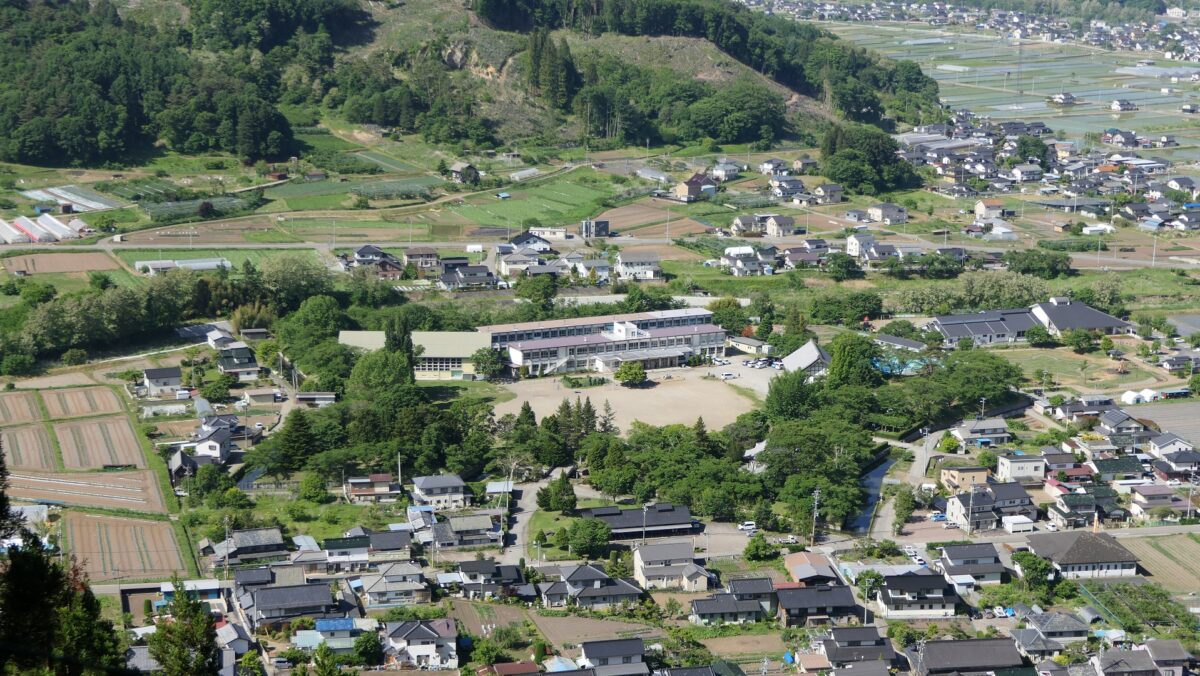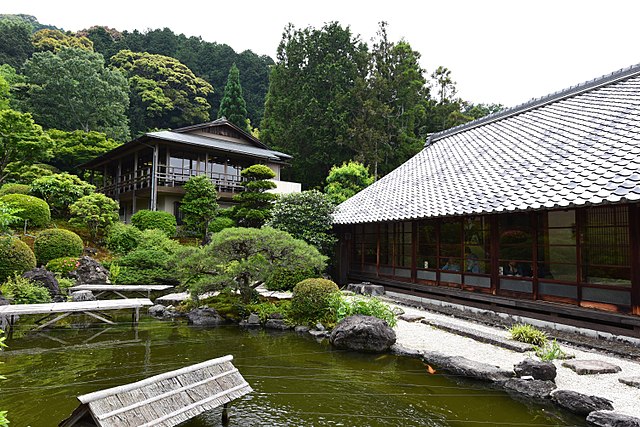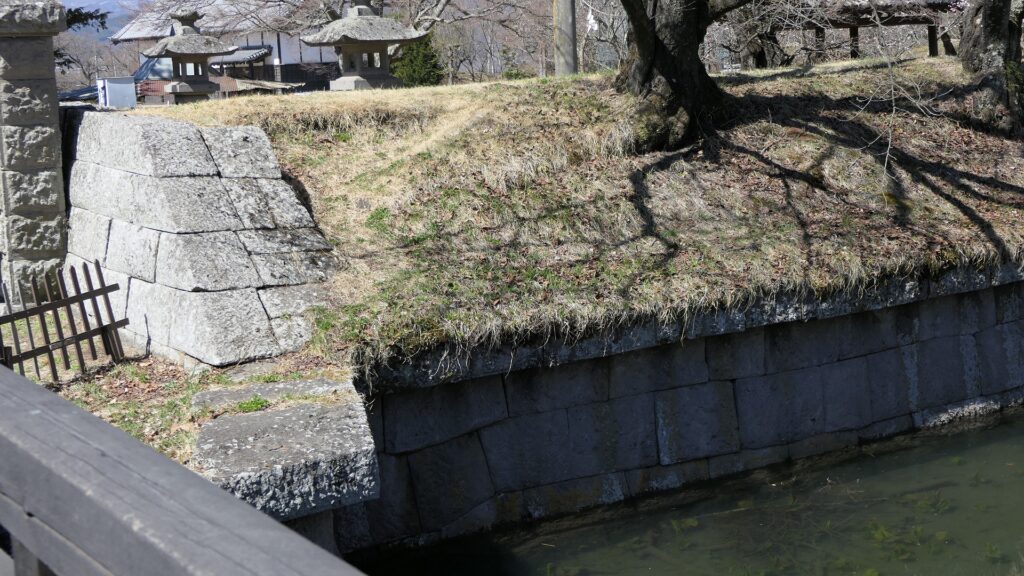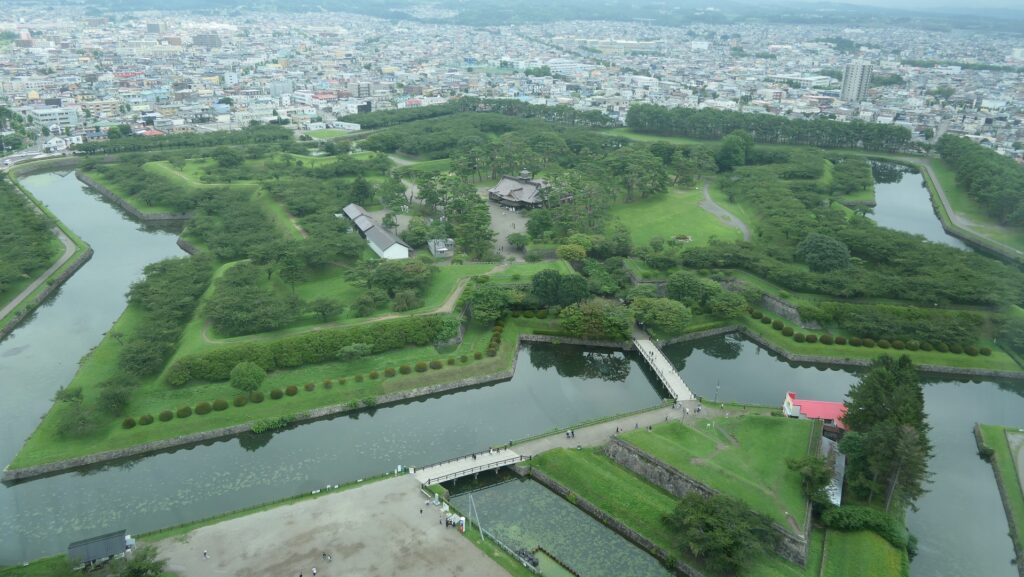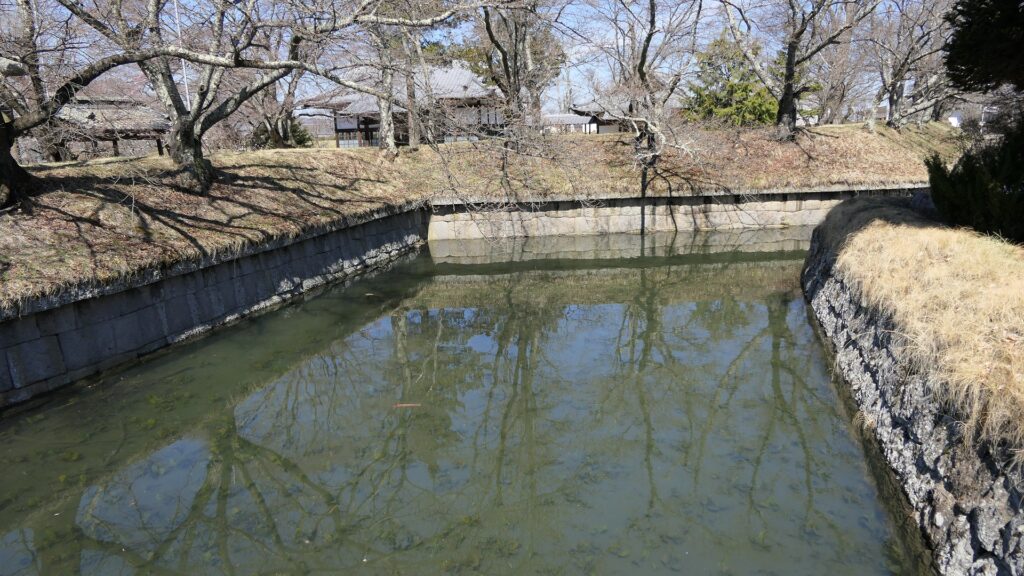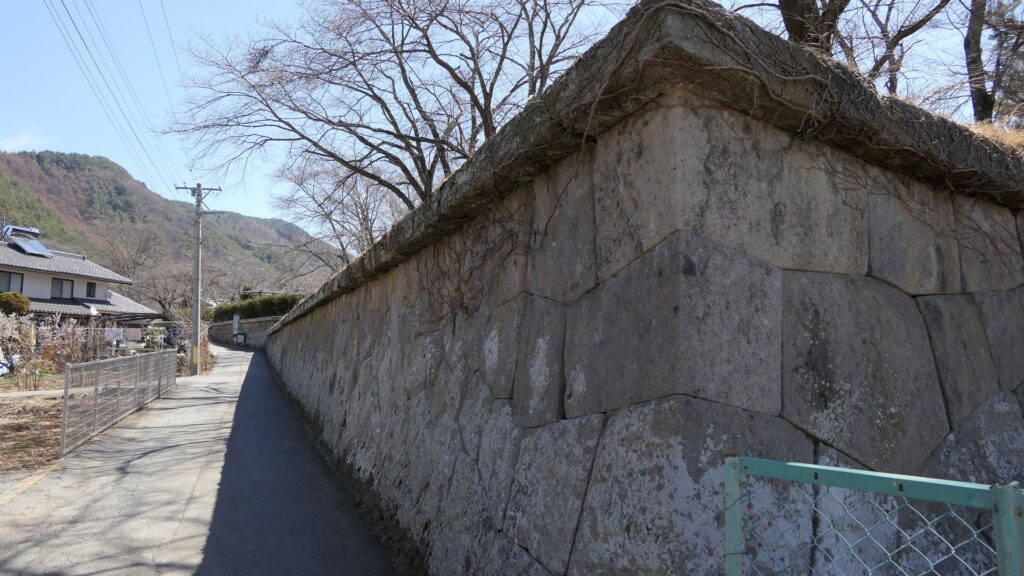Features
Castle Ruins are used as School
Today, the ruins of Tatsuoka Castle are used as the Taguchi Primary School, which are still surrounded by the five pointed star shaped perimeter. Local people often called them “Tatsuoka Goryokaku (which means Pentagonal Style Fort)”. They are also famous for cherry blossoms. Because of the current usage, the facilities for visitors, such as the information center called “Goryokaku deai-no-yakata”, are located outside of the ruins.
The aerial photo around the castle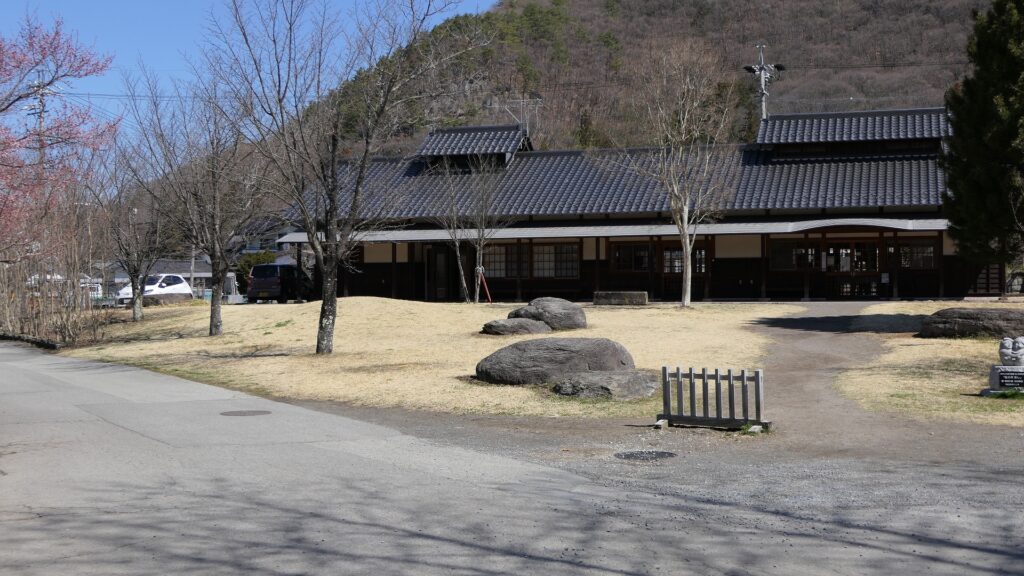
Visitors usually go to the Main Gate Ruins first which have the most precise stone walls in the castle, such as the Tortoise Shell and Hanedashi styles. The restored wooden bridge is over the water moat, where you can feel a traditional atmosphere. There are also two other gate ruins you can pass, one is Kuro-mon and the other is the side gate.
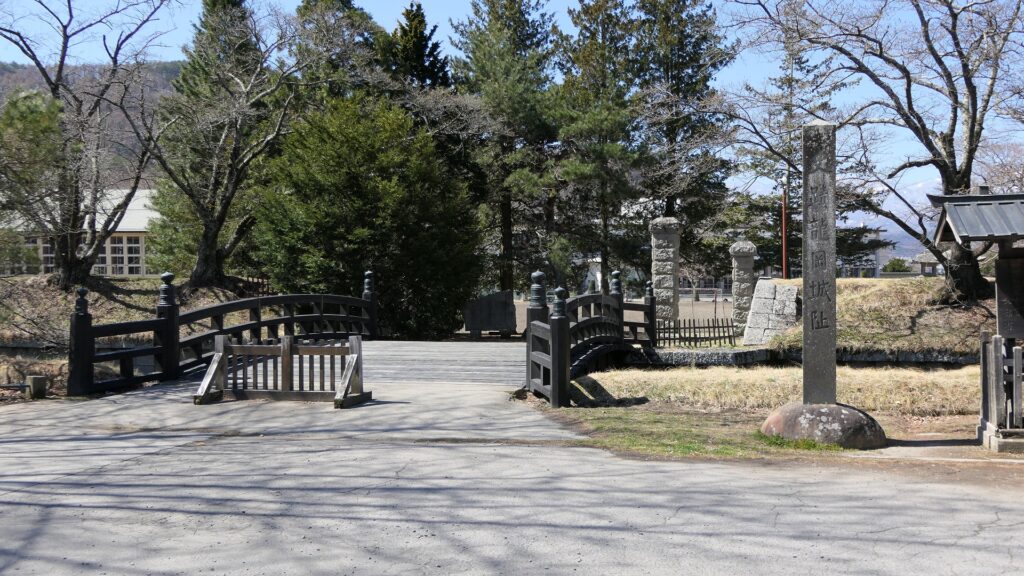
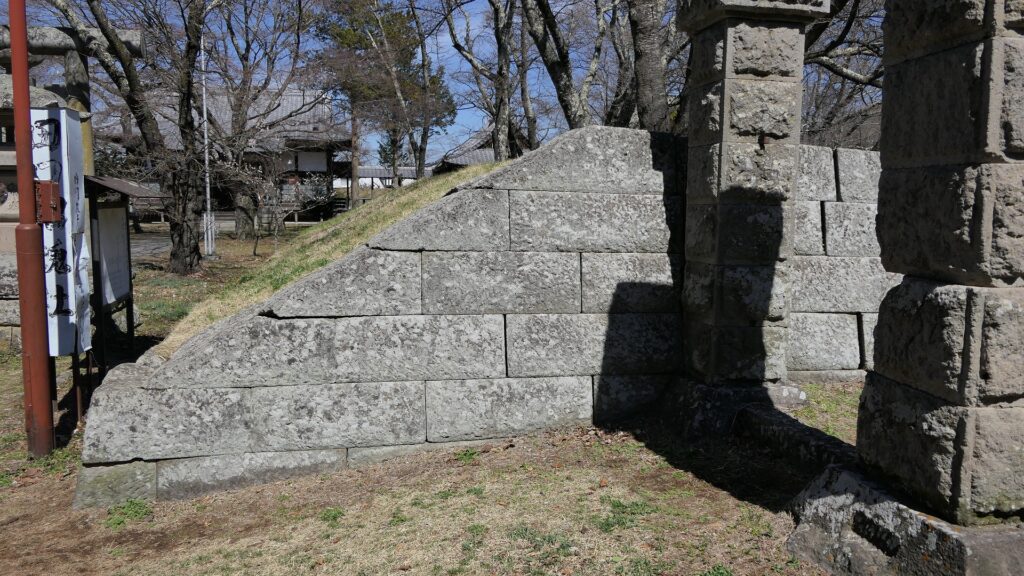

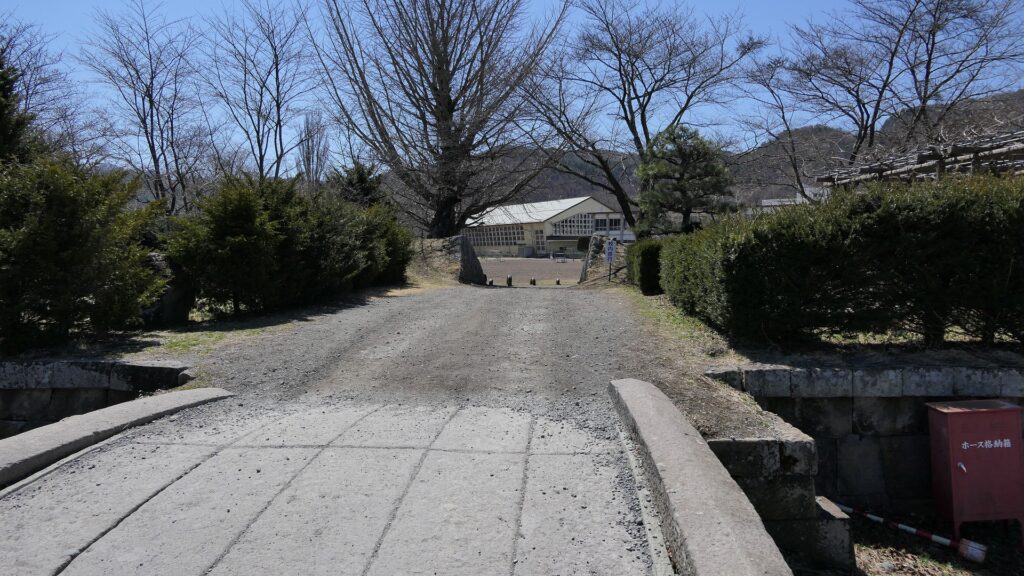
Walking around Castle Ruins
You can easily walk around the perimeter of the ruins because they are not so large. You will see the moats expire and the stone walls look rough as you go to the back. This is because the construction of the castle, in fact, ended halfway through due to the lack of budget or because of another priority. Please make sure that you don’t walk across the route around the ruins because it is private property.
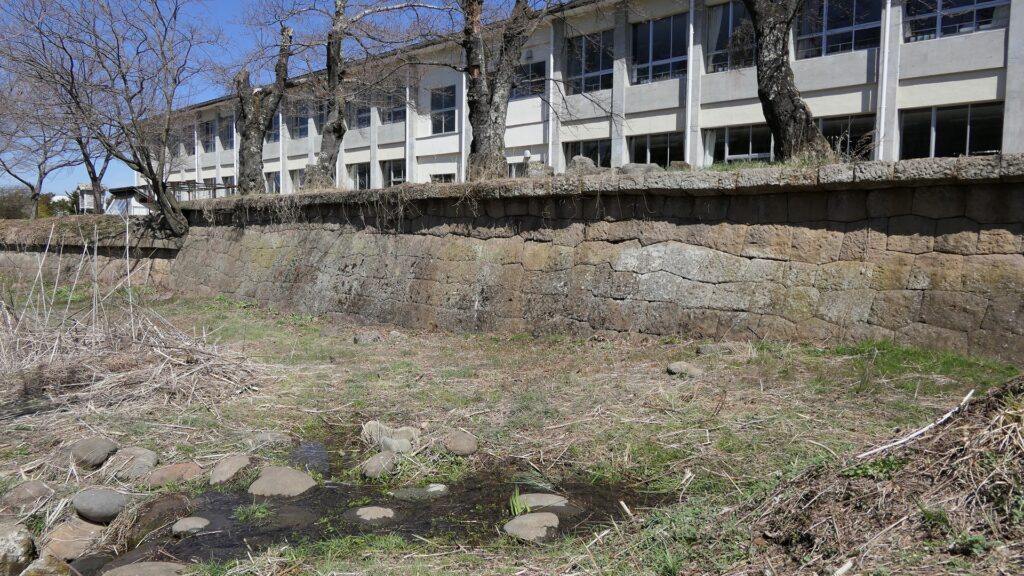
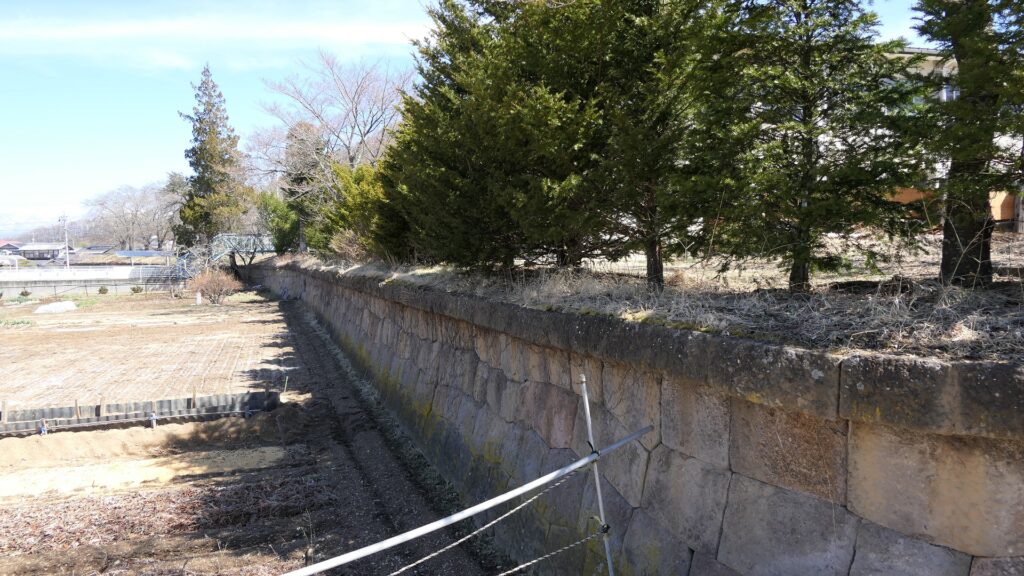
Only one remaining building
You can also enter the inside of the ruins except for the facilities and playground of the school. If you look around the inside, you will see the five pointed star shape is basically made out of soil. There is the only one remaining building in the castle, called the Kitchen House. It was originally used as part of the Main Hall, then turned int o a school house, a warehouse, and finally moved to the current position as a historical item. Only group tours which has a previous booking can enter this building. Therefore if you want to see it you have to be part of a group.
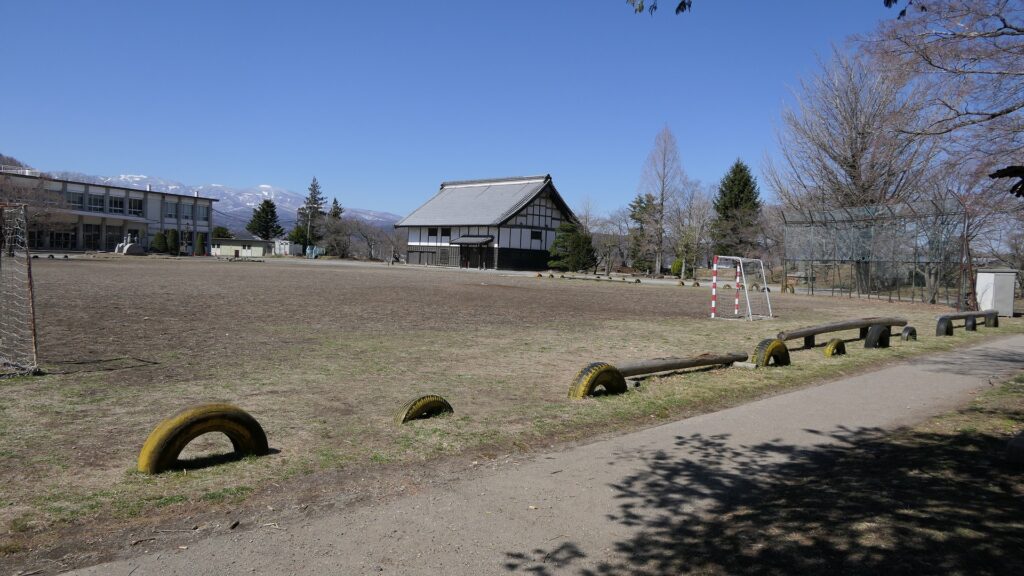


View of Castle Ruins from Observation Platform
Tatsuoka Castle was designed flat, so today’s visitors might not be able to grasp its shape. Therefore, I recommend you consider visiting the Goryokaku observation platform, located on a mountain in the northside, about 500m away from the ruins. In fact, that spot is the ruins of another castle called Taguchi Castle in the Sengoku Period, where you can see several enclosures made of soil.
The relief map around the castle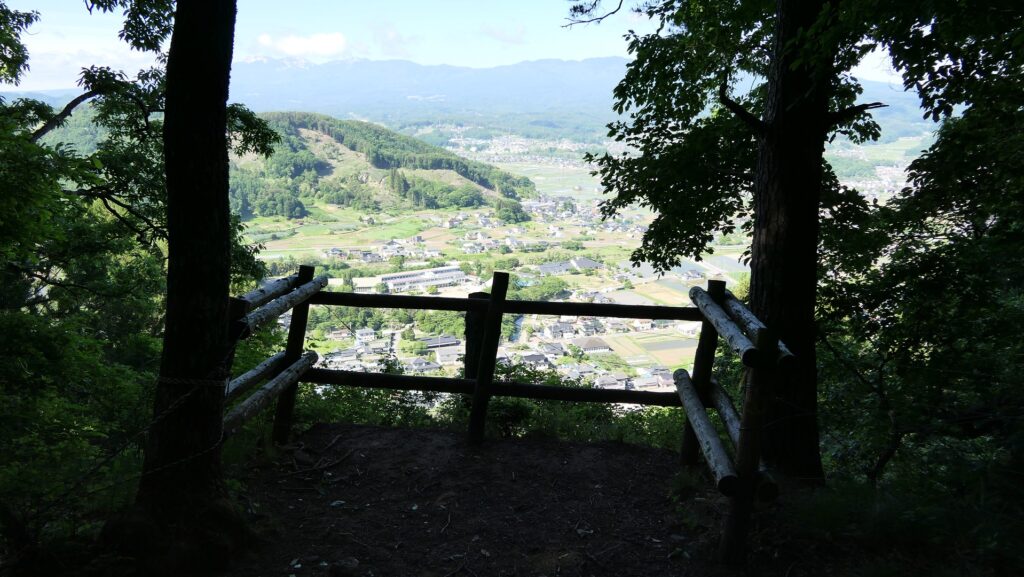
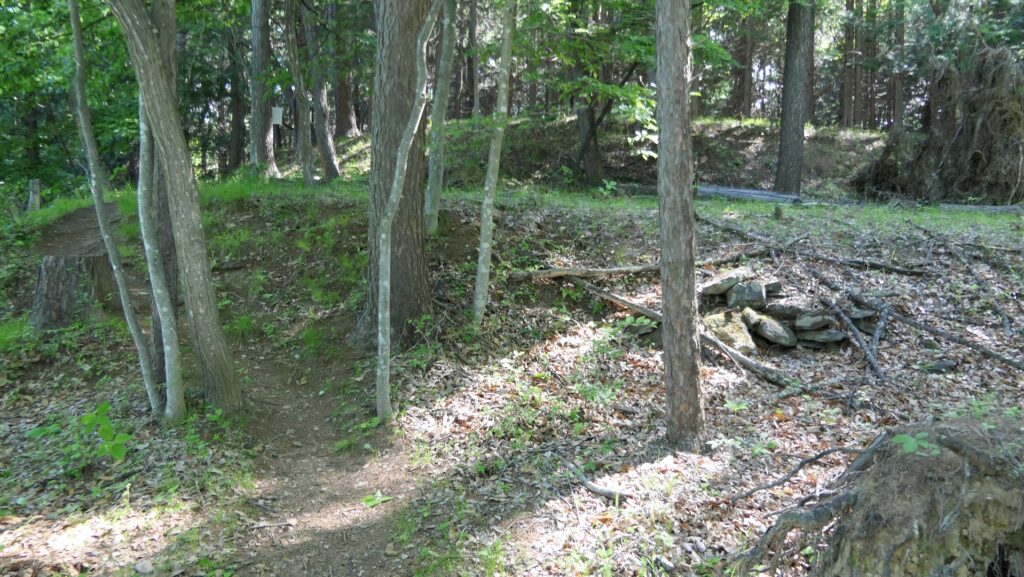
Of course, you can also see a nice view of the five pointed star shape clearly. This has probably been the best spot to overlook the area around. You could easily target Tatsuoka Castle if you were an artillery man attacking the castle during the end of the Edo Period.

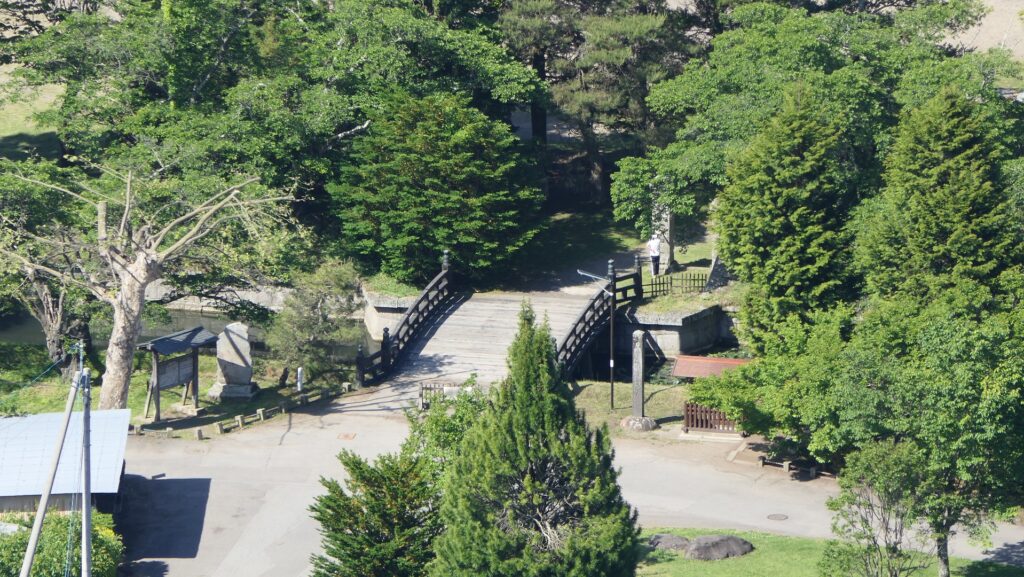
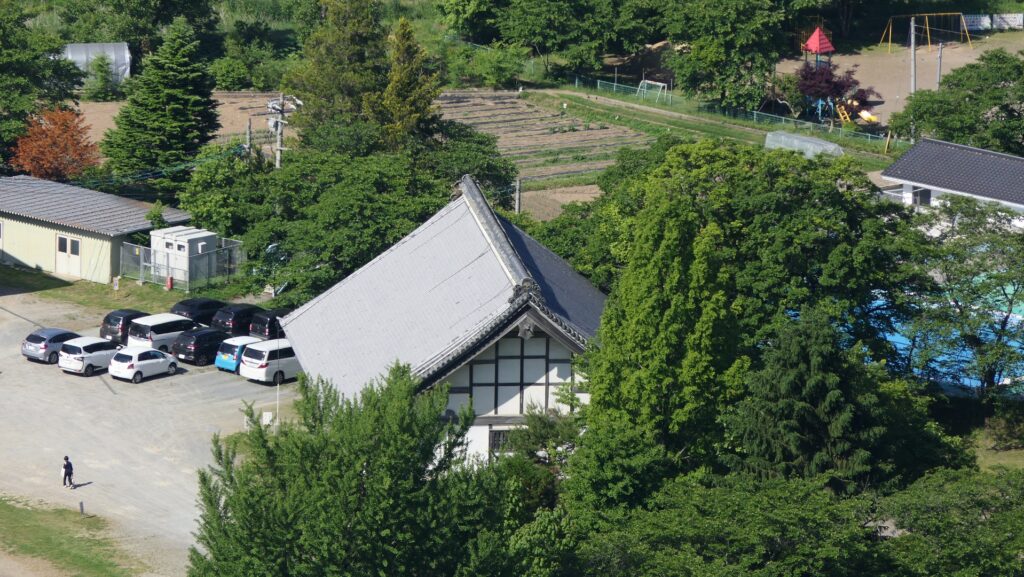
To be continued in “Tatsuoka Castle Part3”
Back to “Tatsuoka Castle Part1”

